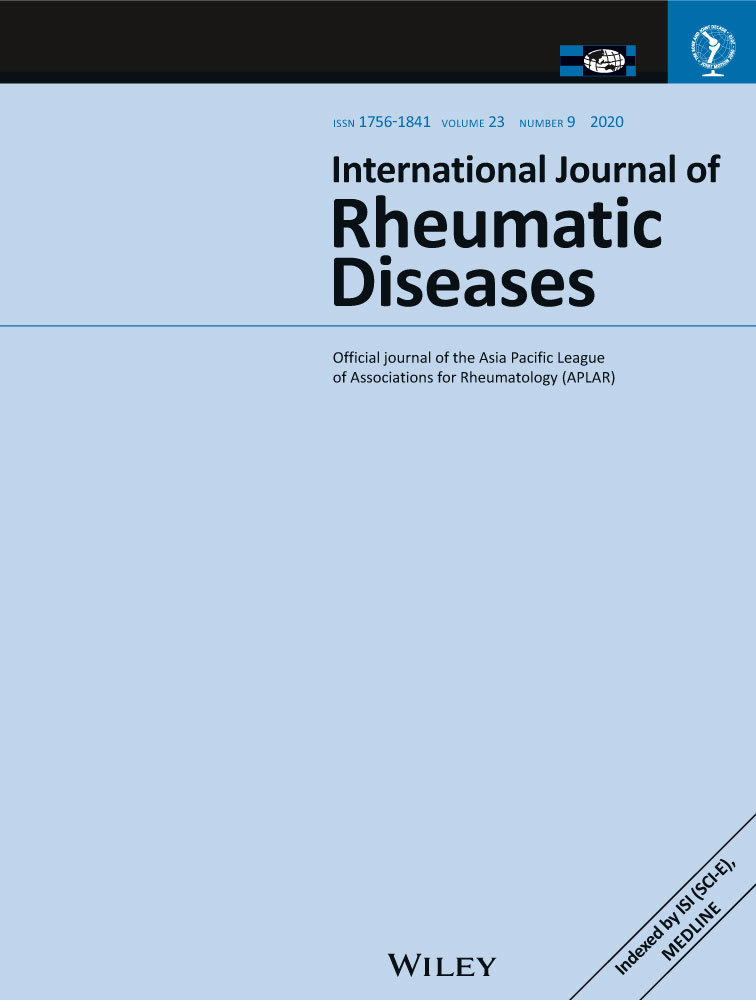Outcome of biopsy-proven lupus nephritis with low glomerular filtration rate at presentation
Abstract
Objectives
Currently, there is limited data regarding the outcomes of lupus nephritis (LN) with moderate to severe renal failure at presentation (defined by low glomerular filtration rate; GFR <30 mL/min).
Methods
Sixty-four patients with biopsy-proven LN and estimated GFR (eGFR) <30 mL/min were prospectively analyzed. Outcome measure of persistently low eGFR, end-stage renal disease (ESRD) or death at 365 days were grouped as Major Adverse Kidney Events (MAKE365).
Results
Diagnosis of lupus was simultaneous with onset of renal disease in 60% of cases. Histologically, 82.3% (n = 51) were class IV, the median serum creatinine was 4 mg/dL (interquartile range [IQR] 3.1-5.9 mg/dL), median eGFR was 13.75 mL/min (IQR 9.25-19 mL/min) and 42.2% (n = 27) required dialysis at presentation. Induction regimens included National Institute of Health (68.2%), Eurolupus protocol (10.9%) and mycophenolate mofetil (8%). Over 365 days, 23 (37.5%) subjects died, while 41 (62.5%) survived. The majority of deaths were due to infection and sepsis (14/23). Among the survivors, 70.7% had good renal outcome, 12.1% had persistently low GFR (<30 mL/min), while 17% developed ESRD. In this group, treatment response rate was 84.6% (complete response 25.6%, partial response 59%). Those with a better renal function at presentation had a good treatment response (100% vs. 40%). Altogether, n = 35 (54.6%) were included in the MAKE365 category. Between the renal survival group (n = 29) versus the MAKE365 group (n = 35) there was no difference in clinical or histological parameters.
Conclusion
The current treatment protocols had a good response rate in patients with LN even with severe kidney injury at presentation. However, the risk of serious infections and subsequent mortality was high.




